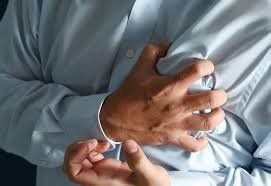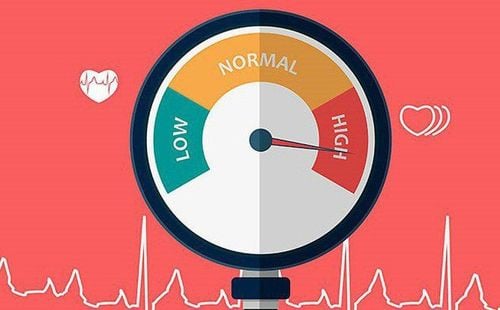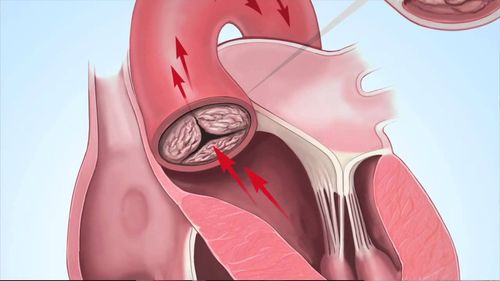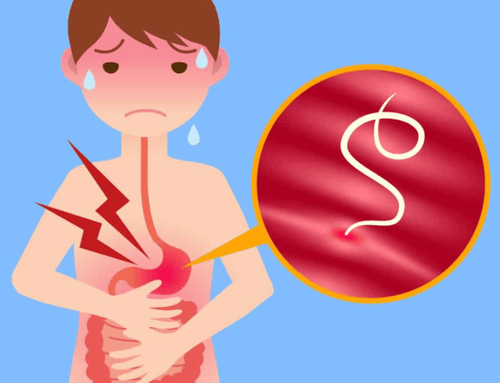Nội dung bạn đang tìm kiếm không có phiên bản tiếng Việt.
Vui lòng chọn tiếp tục để xem nội dung tiếng Anh hoặc đi đến trang chủ Tiếng Việt.
Rất xin lỗi về sự bất tiện này.

Home
Tag Shoulder dislocation
Articles in Shoulder dislocation

Signs to recognize a child with a dislocated shoulder
A dislocated shoulder is an injury where the upper arm bone pops out of the socket, which is part of the shoulder blade. If you suspect your child has a dislocated shoulder, seek medical attention immediately.
Xem thêm











